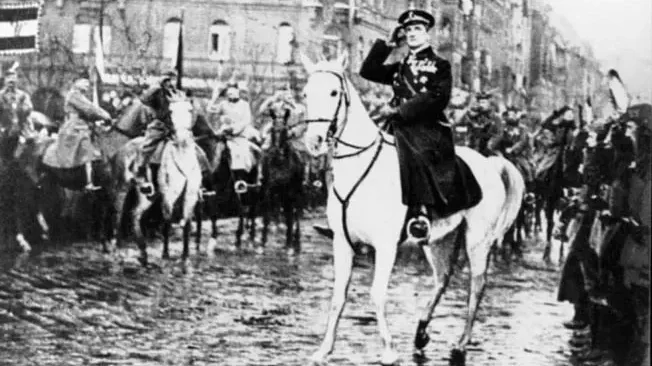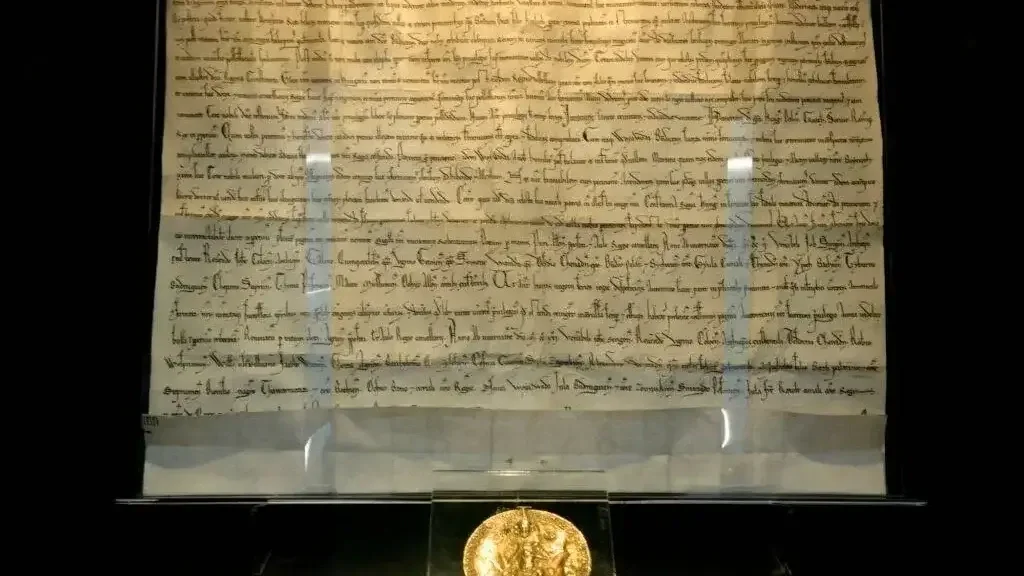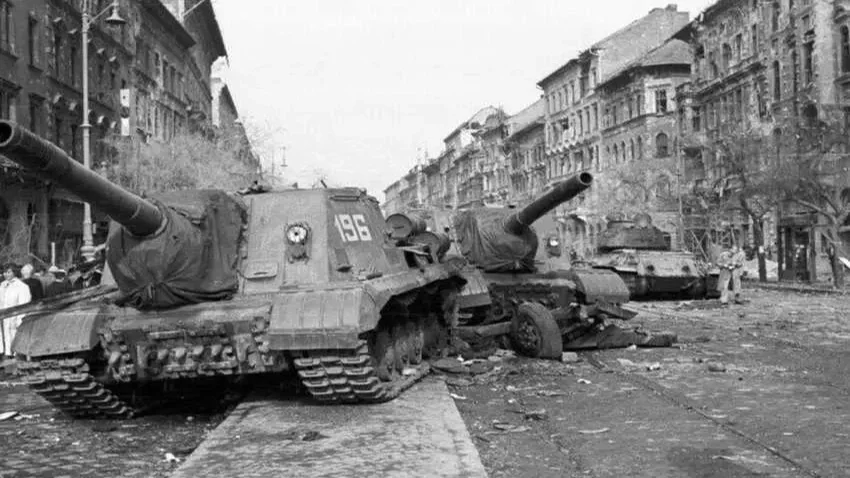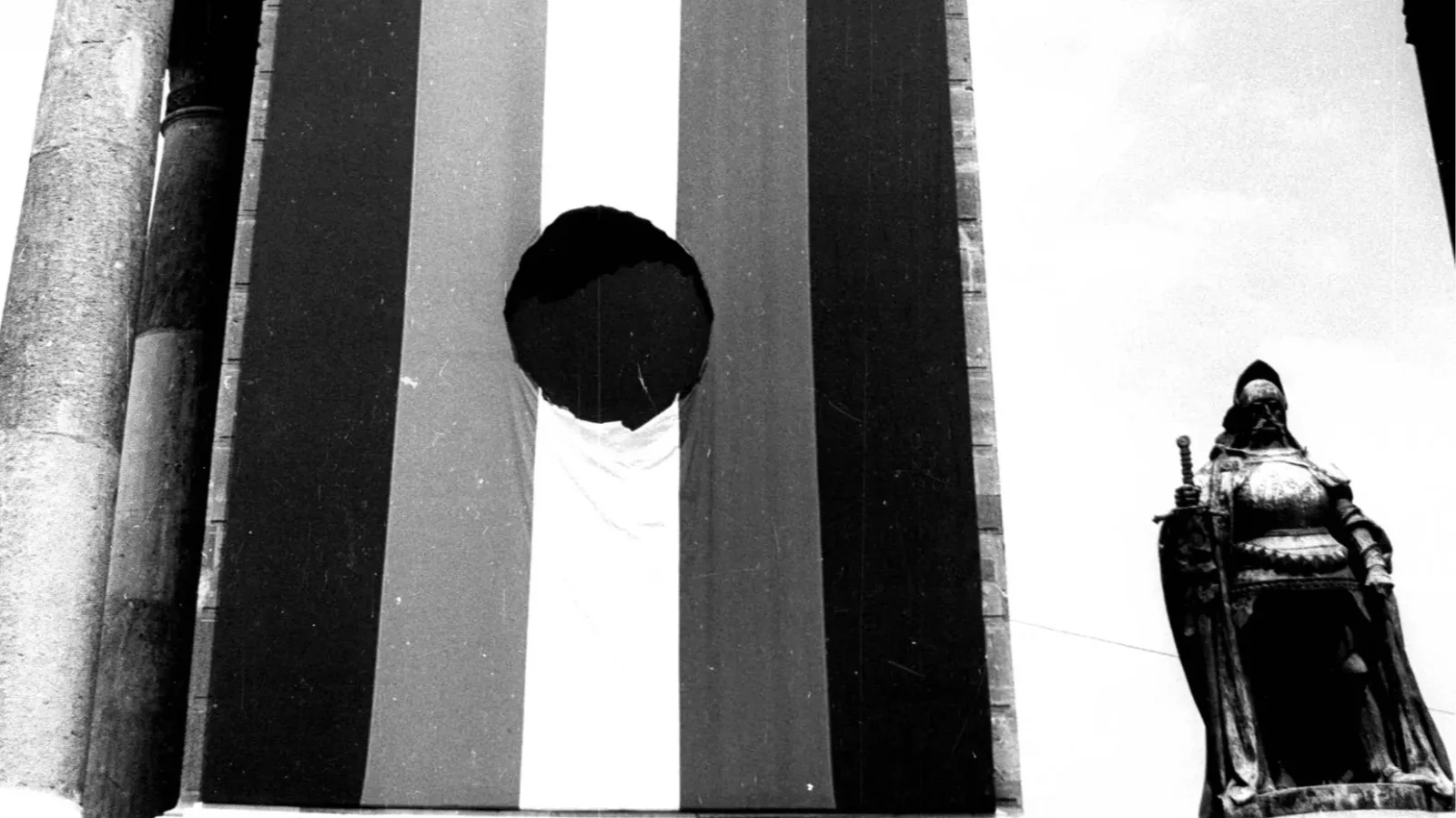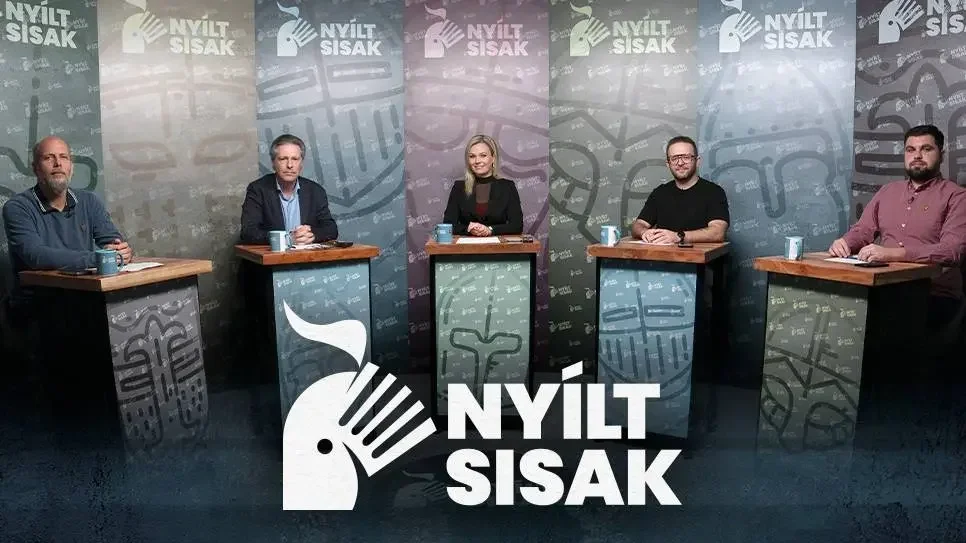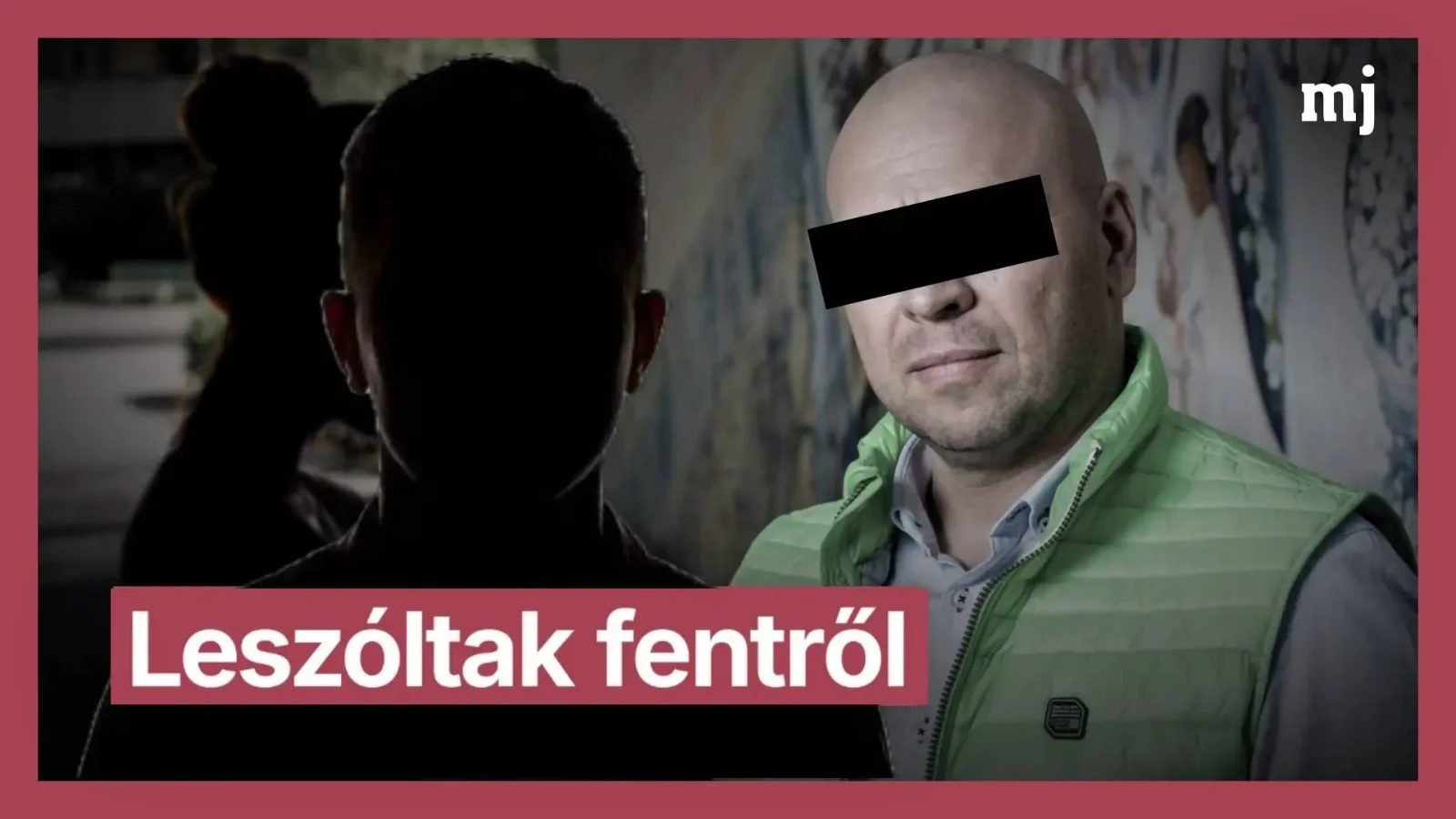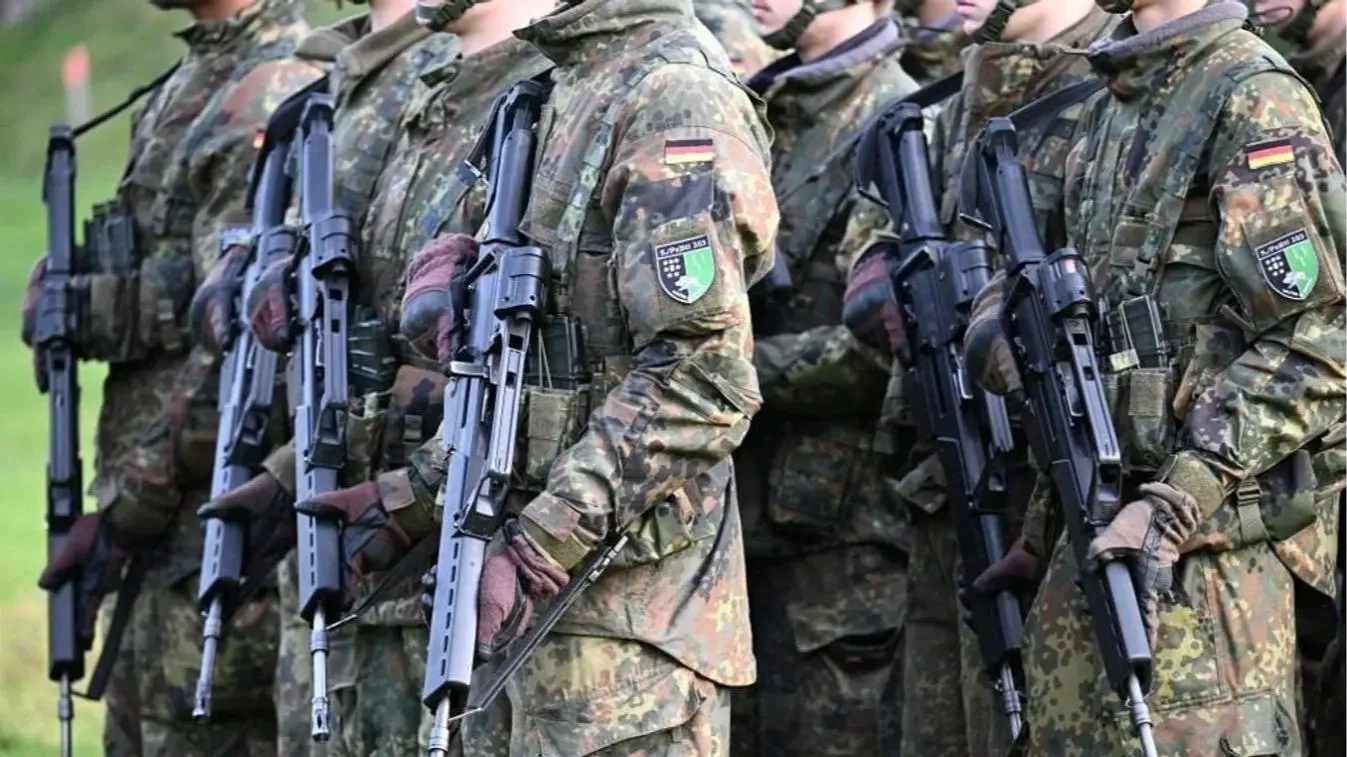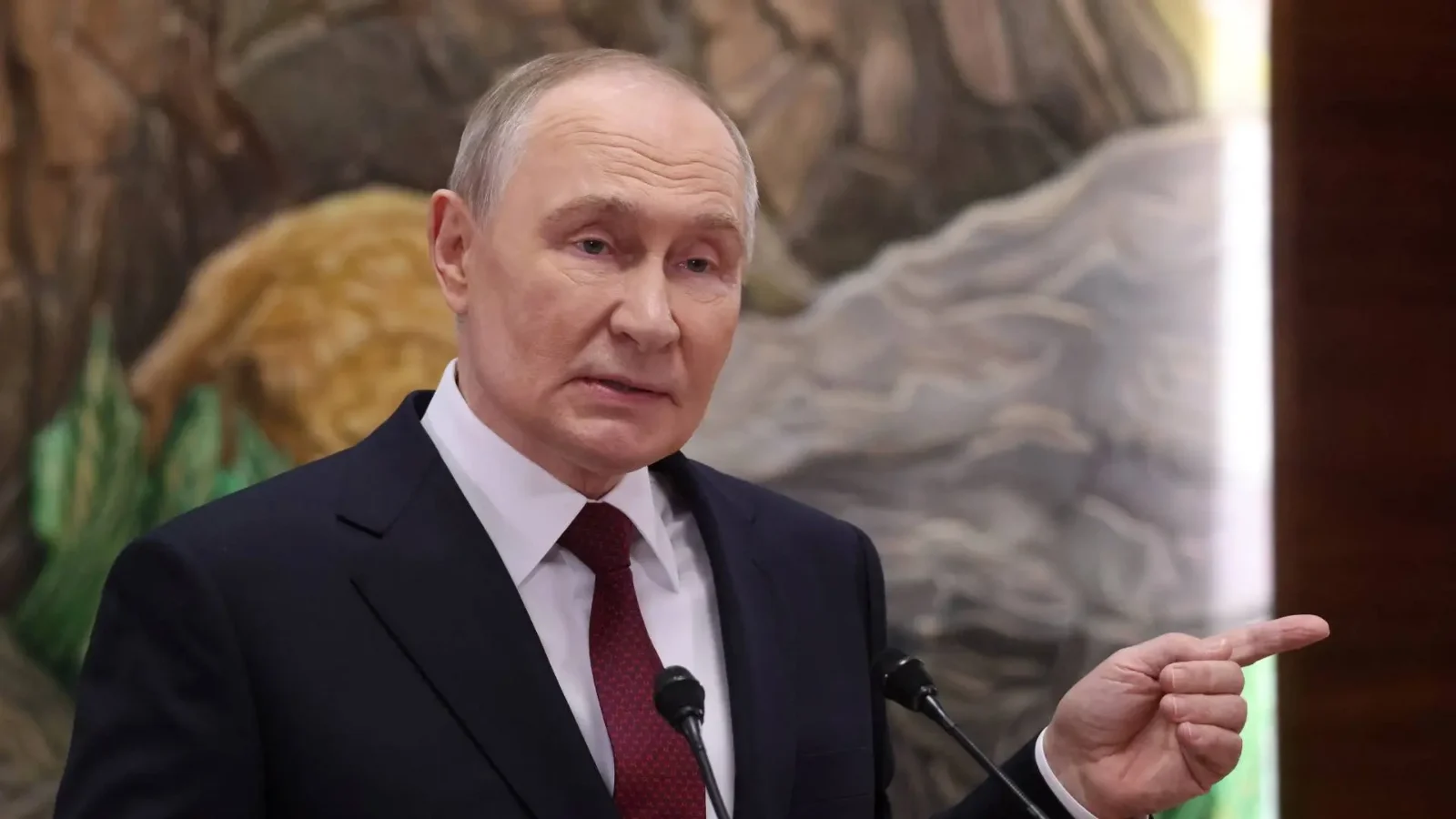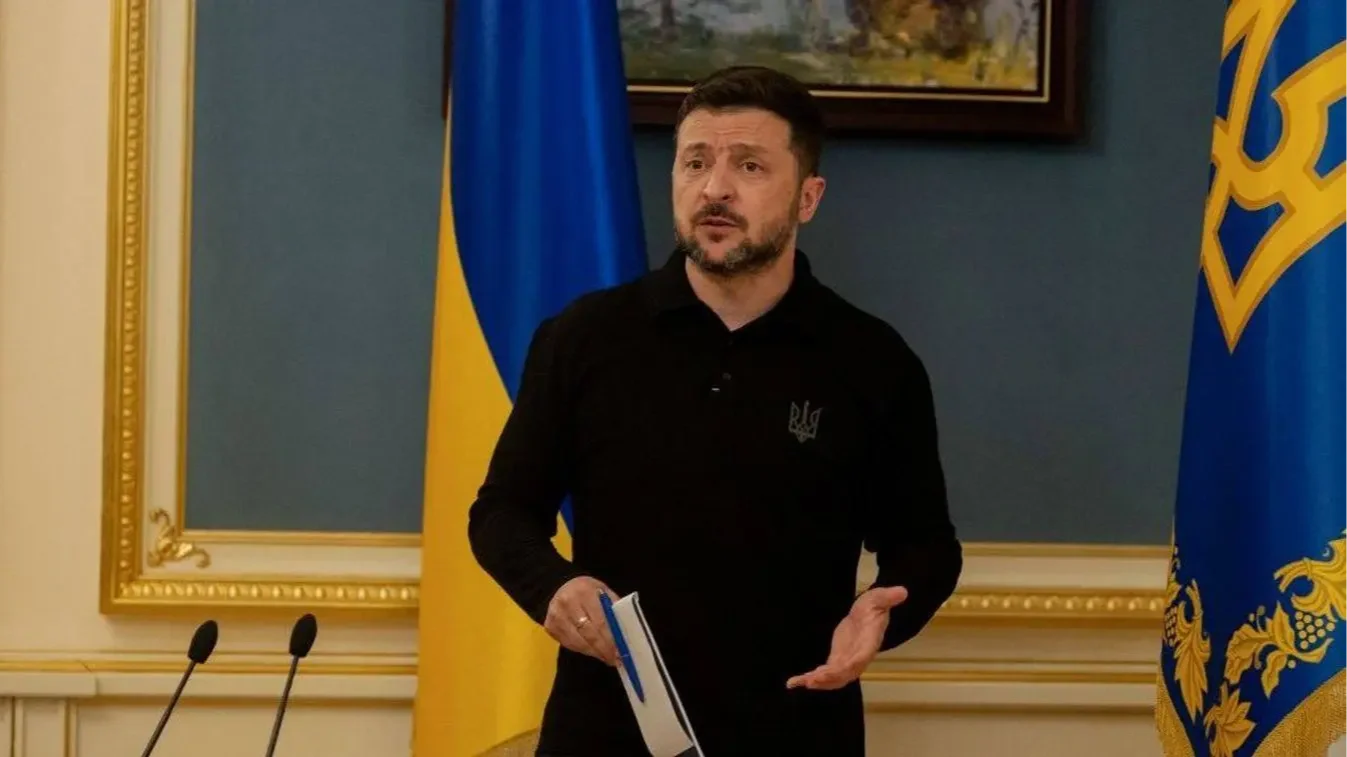August 20: The Sacred Foundation of Hungary, Part II – The Clash of Beliefs
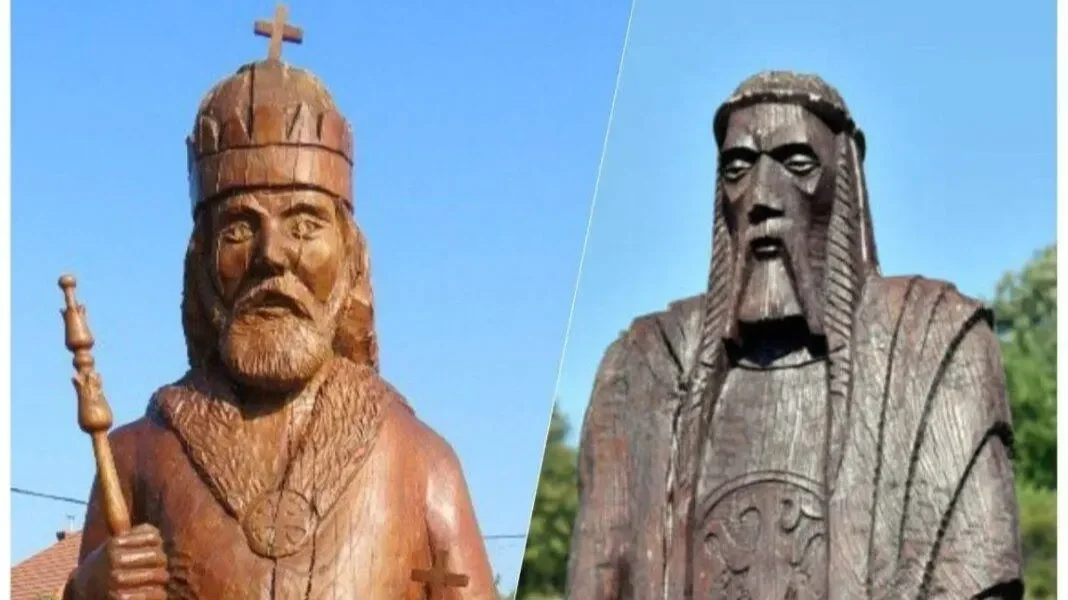
This is the second of two articles on the meaning of August 20, a day woven deeply into Hungary's sense of itself. In Part I, we followed Saint István I through the choices and trials that laid the foundations of the kingdom and gave lasting form to its crown and traditions. In Part II, we turn to the deeper currents behind these events, the clash of beliefs, the resilience of the old ways, and the questions they still pose for Hungarians today.
August 20th marks more than the celebration of a medieval king's death. It commemorates the moment when Hungary chose its spiritual path. When Prince Géza died in 997, the succession crisis that followed unleashed forces that would determine the kingdom's religious, cultural, and political trajectory. István's cousin Koppány gathered support among Magyars who feared that Western Christianity threatened their ancestral ways. Many of his followers weren't merely nostalgic for the past but deeply convinced that the old ways had preserved the people through centuries of migration, war, and uncertainty. The civil war dragged on for months before István's forces confronted and ultimately defeated the rebels at Veszprém in 998.
What was at stake went far beyond political power. Two fundamentally different ways of understanding the world were colliding. The spiritual framework Koppány defended had been honed over generations. Shamanic practices provided guidance for warfare, governance, the selection of grazing lands, and even conflict resolution within the tribe. Spiritual leaders combined multiple roles: priest, healer, counselor, and keeper of collective memory. They mediated between the community and the forces perceived to govern life, health, and fortune. Rituals, seasonal ceremonies, and offerings weren't mere superstitions but formed a coherent moral and practical system that connected individual actions with the well-being of the entire tribe. A leader's authority came from demonstrated ability to preserve balance and harmony, and the community's survival depended on faithfulness to these principles.
Koppány embodied this worldview completely. He wasn't a villain or a simple antagonist. Despite his official conversion to Orthodox Christianity, he maintained the old ways. He was the expression of a people's ancestral wisdom and courage.
His appeal reached not only those who feared foreign influence but those who believed that the Magyar way of life, that communal, ritual, and sacredly ordered existence, was essential to the nation's survival. In resisting István, he defended a vision of leadership rooted in loyalty, kinship, and responsibility to cosmic order. His call to arms was a defense of a spiritual system as much as a political claim. His conviction, bravery, and fidelity to his understanding of the Magyar soul commands respect, even as history shows he ultimately could not reconcile his vision with what Christianity promised.
István understood the old ways deeply. He had grown up among them, learned from their teachers, and witnessed their capacity to sustain the people in ways that other Steppe tribal alliances could never have endured. Yet he also recognized that Christianity offered something greater than temporal success or social cohesion. The Gospel proclaimed eternal salvation through Christ's sacrifice and the creation of a universal family of faith. It revealed a God who had entered history to redeem fallen creation, a Creator whose love extended to all peoples, including those who had lived for generations without knowledge of Christ.
István's embrace of Christianity was both a personal encounter with the divine and a decision of immense political responsibility. Conversion aligned Hungary with the wider Christian world, strengthened the kingdom against external threats, and provided a moral framework for governance. He understood that accepting this divine gift didn't require abandoning what was distinctly Hungarian. Just as Roman, Greek, and Celtic cultures had absorbed Christianity without losing their identity, Hungary could embrace transformation rather than destruction.
István allowed Christian truth to sanctify Hungarian traditions rather than destroy them. Churches incorporated elements honoring Magyar aesthetic sensibilities. Sacred sites were consecrated rather than demolished, allowing the people to continue worshiping in locations already imbued with ancestral significance. The crown sent by Pope Sylvester became more than a ceremonial object. Its circular form reflected traditional understandings of divine order, its materials symbolized the link between earthly authority and heavenly grace, and its function echoed older practices of transmitting sacred power, now redirected toward Christ the King. Folk celebrations reflected the same integration. Christmas preserved the joy and symbolism of winter festivals while proclaiming the Incarnation. Easter observances retained agricultural motifs while declaring Christ's triumph over death. Saints' feast days coincided with older gatherings, allowing familiar rhythms to support devotion. This was authentic inculturation, the flowering of the Gospel within a particular culture, not a superficial overlay.
Writing centuries later, Anonymus portrayed the transformation as Hungary's entrance into Christian civilization, while Bishop Hartvik's Legenda Hartviciana recounted the profound spiritual changes accompanying István's reign.
Legal codes from the period combined Christian moral teachings on justice, mercy, and human dignity with traditional Hungarian values of honor, loyalty, and service to the community. Royal authority rested both on divine right, as understood in Christian theology, and on ancient concepts of sacred kingship, producing a monarchy simultaneously biblical and Hungarian. Hungarian Christianity developed traits uniquely suited to the people. Devotion to the Virgin Mary expressed both the Gospel's teaching and Magyar respect for feminine wisdom. Mystical experience reflected older practices of direct encounter with the divine. Ecclesiastical independence mirrored tribal autonomy. These developments weren't deviations from Christianity but its natural expression within a Magyar context.
Koppány's struggle deserves recognition beyond the standard historical footnote. He represented courage, fidelity, and a commitment to ancestral wisdom that had preserved the Magyars through centuries of peril.
His resistance wasn't simply opposition to Christianity but a defense of a sacred order that linked the people to their history, the land, and the cosmic balance they believed governed life. His vision was limited in the sense that it could not perceive the fullness of God's plan revealed in Christ, yet it contained a moral and spiritual integrity that commands admiration. The tragedy lies not in defeat itself but in the impossibility of reconciling two paths: one rooted in ancestral knowledge, the other in the universal Gospel. Koppány's courage, his loyalty to tradition, and his principled opposition remind modern Hungarians that even in defeat, one can embody virtue, and that defending cultural identity remains a sacred task.
Modern Hungary can draw lessons from both figures. István teaches that wisdom and faith can guide a people toward unity, prosperity, and eternal purpose, integrating tradition within Christianity's transformative power.
Koppány teaches that courage in defense of ancestral identity and moral vision has value even when it cannot triumph. In a contemporary context, Hungarians face challenges from globalization, cultural homogenization, secular ideology, and demographic shifts. Maintaining identity and spiritual integrity while engaging the wider world demands the same balance of fidelity, courage, and wisdom that both István and Koppány exemplified.
Communist authorities understood the power of August 20 and sought to suppress it in 1950, replacing it with secular celebrations of the illegitimate Communist constitution. Cultural productions like the rock opera "István a király" often depicted the king as weak and conflicted, portraying Christian faith as alien to Hungarian identity. These distortions attempted to sever Hungarians from the spiritual foundation that had guided the nation for a millennium. The restoration of the holiday after 1989 marked more than calendrical correction. It was a deliberate return to historical memory, religious identity, and national cohesion. Today, religious services accompany civic ceremonies, honoring István as both saint and founding king, while also preserving the memory of those, like Koppány, whose devotion to ancestral ways helped shape the nation's character.
The sacred foundation of Hungarian statehood rests on the understanding that true greatness comes from aligning human purpose with divine will. Each August 20th renews this ancient compact. Church bells across the capital echo messages first proclaimed a thousand years ago. Nations require more than material prosperity; they require historical memory, shared traditions, and connection to transcendent purpose. Whether the precedents set by István and challenged by Koppány continue to guide Hungary depends on the choices current generations make. The bells that rang for his canonization in 1083 still echo each August, reminding Hungarians that courage, faith, and fidelity remain essential to preserving both nation and soul.
Sources: Magyar Jelen - magyarjelen.hu Szabados György - Hungarian Academy of Sciences, Medieval Studies Institute Szilágyi Sándor - A Magyar Nemzet Története Képes Krónika (Illuminated Chronicle) Gesta Hungarorum (Anonymus) Bishop Hartvik's Legenda Hartviciana Thuróczy-krónika (Thuróczy Chronicle) Ferenc Salamon - 19th-century Hungarian historical studies Gyula Pauler - medieval Hungarian research Hóman Bálint - Hungarian cultural synthesis studies Catholic theological sources on inculturation
Az X- és Telegram-csatornáinkra feliratkozva egyetlen hírről sem maradsz le!
Mi a munkánkkal háláljuk meg a megtisztelő figyelmüket és támogatásukat. A Magyarjelen.hu (Magyar Jelen) sem a kormánytól, sem a balliberális, nyíltan globalista ellenzéktől nem függ, ezért mindkét oldalról őszintén tud írni, hírt közölni, oknyomozni, igazságot feltárni.
Támogatás

